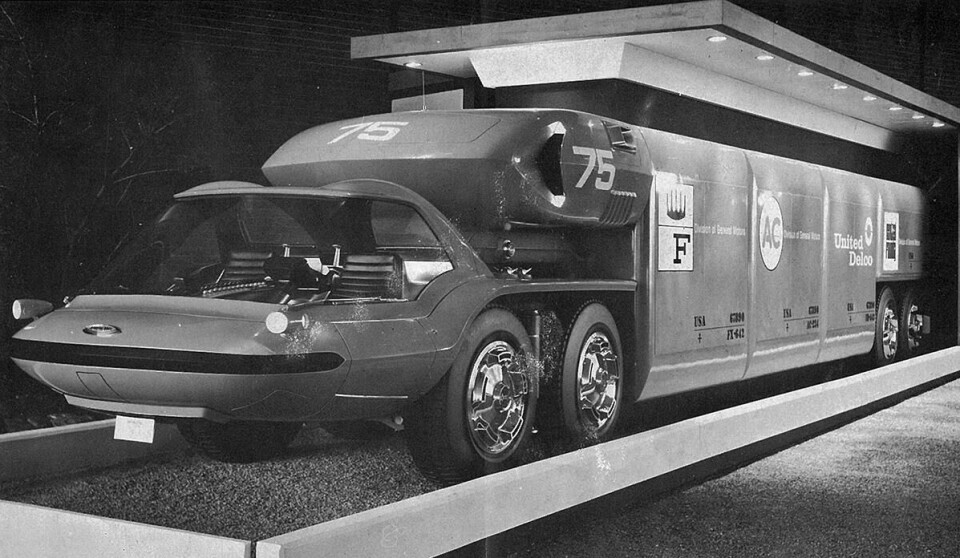
Concept Car of the Week: General Motors Bison (1964)
The Bison concept by General Motors explored a trucking application for gas-turbine technology
As the 1960s dawned, Detroit’s fascination with aeronautical and rocket imagery began to wane. After the stylistic excesses of the last years of the 1950s, designers turned to a more tailored, disciplined look, led by Ellwood Engel’s classic 1961 Lincoln Continental.
However, the fascination with rockets and airplanes did not completely disappear, and turbine engines, the basics of jet propulsion, had intrigued engineers for a decade. The 1953 Firebird was the first of a long list of General Motors’ gas-turbine experimental vehicles, and in 1963, Chrysler too embarked upon a remarkable turbine car research programme that would see 50 experimental cars loaned to selected individuals in an attempt to use actual consumers as testers for a new kind of car and a new kind of propulsion. Both Ford and General Motors also developed experimental programs for turbine propulsion for long-haul trucking, theorising that larger vehicles would better-benefit from the advantages of turbine engines.
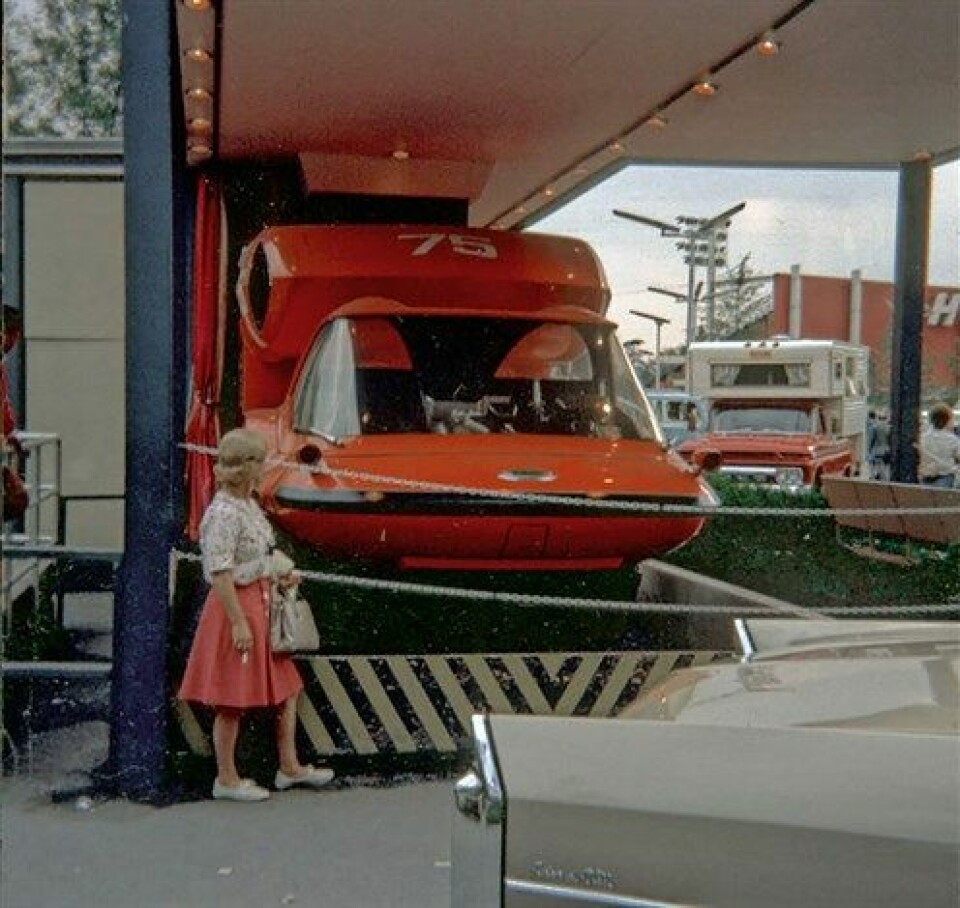
General Motors brought one of these experiments to the 1964 World’s Fair in New York. That storied event is best remembered for the debut of the Ford Mustang, but there were a lot of other significant concept cars revealed there, such as the Ford Aurora and the GM Firebird IV. And prominently displayed just outside the General Motors pavilion was a dramatic truck that predicted the future of long-haul trucking: the GM Bison.
The Bison concept consisted of three elements: the cab, the twin turbine engines above and behind the cab, and the trailer/shipping container system trailing, bringing up the rear. The cab was the last (or first) word in cab-forward design. It projected out in front of the wheels, and, with its panoramic glass canopy, gave the driver superb vision of the road ahead. It also allowed for four wheel steering – with the option of the wheels steering in parallel or in opposite directions, depending on the turning radius desired and the manoeuvering situation.
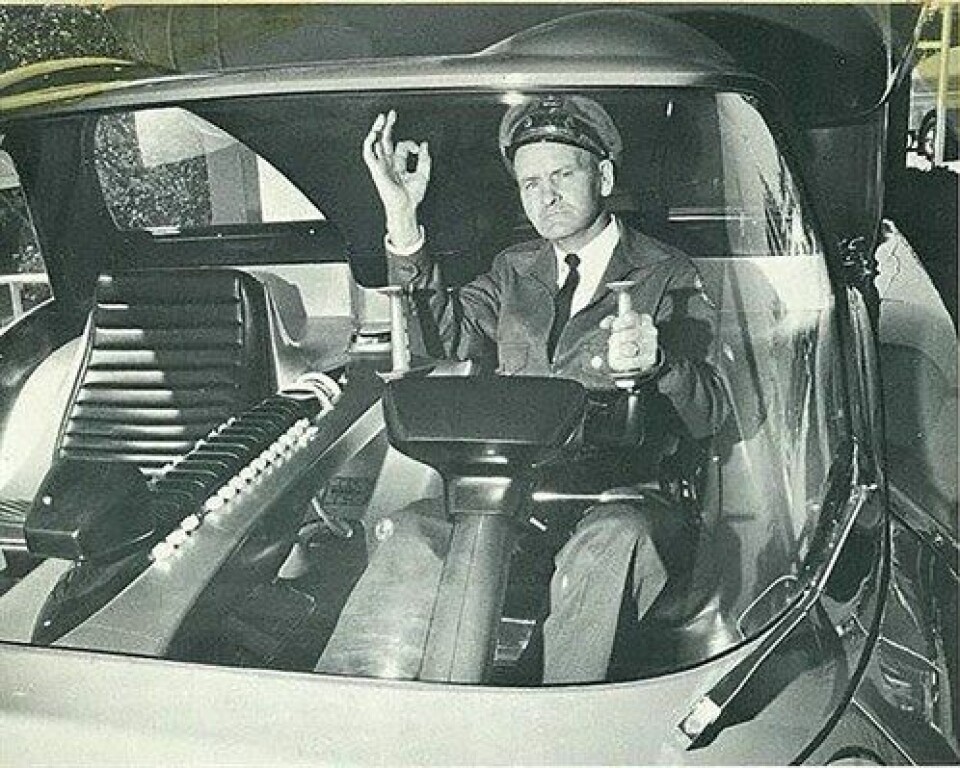
Access to the cabin was gained by the driver inserting a key, which signalled the great canopy to raise up on its powered lifts and a hidden step to drop down. A small door with articulated hinges also opened wide for easy access to the driver’s seat. Once seated, the driver could pull an aircraft-style double drip steering control over his lap. A console between the steering grips was for programming routes and switches for the different wheel steering options. At the centre console, a telephone and programming switches for various controls made for a busy assembly between the seats.
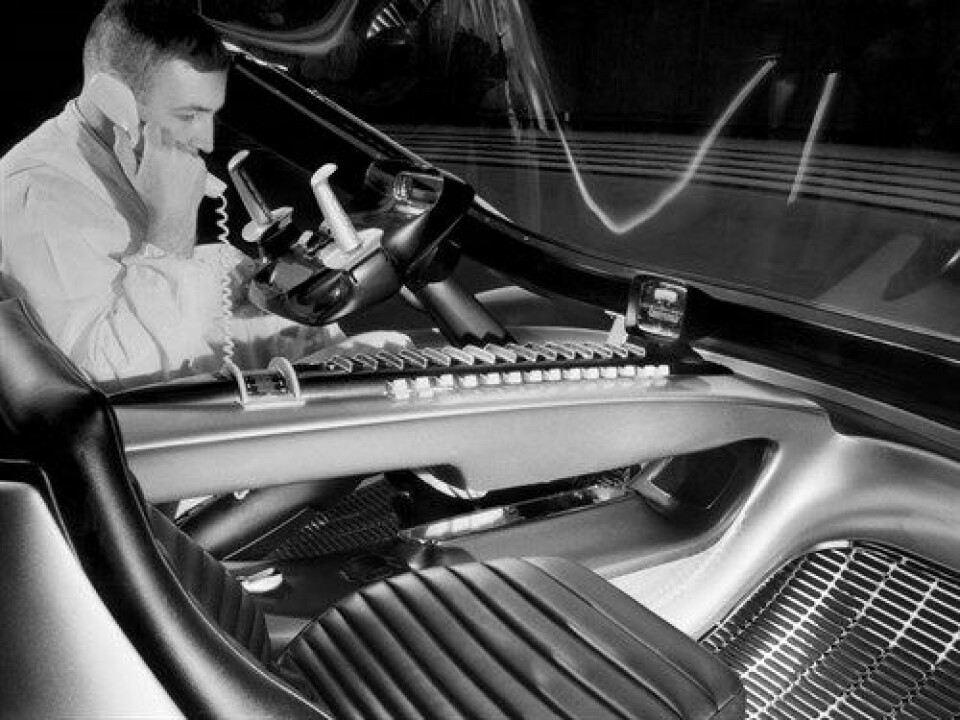
Looking at the side elevation of the Bison, one notices immediately the forward-thrusting cab, the large wheels and the streamlined turbine units mounted above the ‘fifth wheel’ unit that locked the trailer in place. Between the wheels a vertical jack/sander unit was placed, for securing the Bison when parked, and by spreading sand, this could aid traction when conditions were slippery.
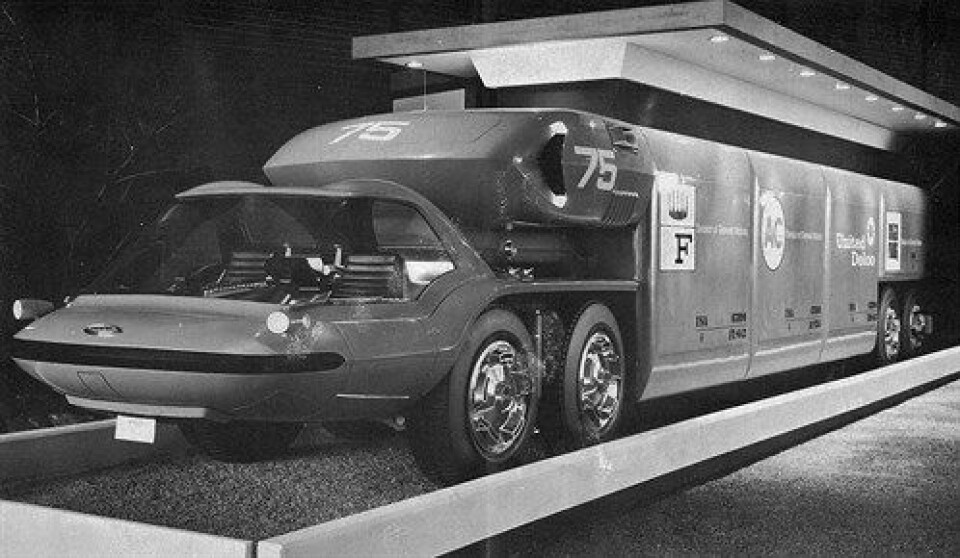
The twin turbines were GM GT309 units, one rated at 280hp and the other a monstrous 720hp. The large unit was for acceleration, hill climbing and hauling the heaviest loads, while the smaller unit was for everyday highway cruising. The turbines would power electric motors, which, in turn, would transfer power to the wheels.

The trailer was a specially-designed unit that GM hoped would become the standard for semi-trailer designs. It allowed 8ft by 8ft by 10-, 20-, or 30ft unit modules to be loaded on an enclosed gondola-like trailer unit. GM predicted that these trailers could be of various lengths, doubled or tripled for long-haul interstate deliveries. The various logos displayed on the trailer represented various GM divisions – Frigidaire, maker of appliances; AC, maker of spark plugs; and Delco, maker of electrical systems and parts.
The Bison was almost pure concept (it was not running) and perfect for the Futurama exhibit at the World’s Fair, but was ultimately difficult to adapt to the realities of the trucking world. An entire ecosystem and infrastructure would have been necessary for the Bison to be adopted into general use, and even the mighty GM of the time did not have that kind of economic power.
Turbine engines continued to be subjects of experiments by the Big Three, but the energy of the mid-1960s was never repeated. Turbines have other big transportation uses in our time, nonetheless:various types of ship, helicopter, locomotive and tank use various forms of turbine engines. They have a number of advantages over traditional reciprocating internal combustion engines – a very high power-to-weight ratio, smaller power units, fewer moving parts, greater reliability and flexible fuel options. Unfortunately they are expensive to produce, do not idle well, and are less responsive to speed/power change demands.
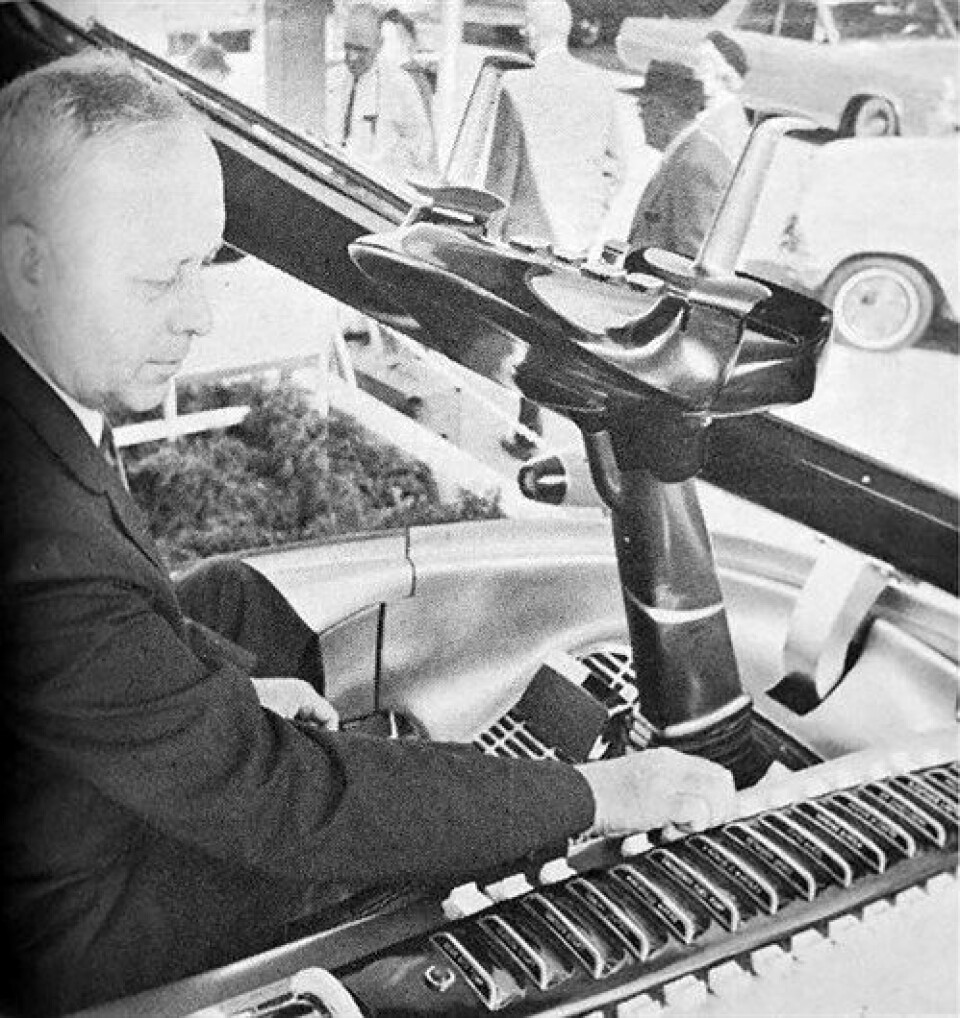
Still, the car world remains fascinated with the turbine: witness the reception of the Jaguar C-X75 concept of a few years back. And one turbine-like powerplant, a turbine-driven forced induction unit, is an almost everyday appendage on modern internal combustion engines: we know it as the turbocharger.



